Good King Henry is a perennial wild plant and excellent spinach substitute which can grow in shade! This makes it a perfect crop to grow and harvest every year in those difficult shady areas. Good King Henry is the perfect crop for food forest gardens and permaculture enthusiasts.
In the world of edible perennials, Good King Henry stands as one of the nobles a yet underrated and often overlooked treasure, reminiscent of forgotten heirlooms.
Distinctive for its hearty nature, ease of growth, and versatility in the kitchen, Good King Henry deserves a spot in any culinary adventurer's garden. If you're looking to diversify your menu and do less planting this is the crop for you!
In the world of edible perennials, Good King Henry stands as one of the nobles a yet underrated and often overlooked treasure, reminiscent of forgotten heirlooms.
Distinctive for its hearty nature, ease of growth, and versatility in the kitchen, Good King Henry deserves a spot in any culinary adventurer's garden. If you're looking to diversify your menu and do less planting this is the crop for you!
Meet Good King Henry: The Foraged Vegetable You Can Cultivate at Home
Good King Henry, or 'Chenopodium bonus-henricus', is an ancient perennial green that has been foraged for centuries, possibly longer. It is native to most of Europe, with historical ties to the British Isles.
With its associations of survival and resilience, Good King Henry is a resonant choice for modern gardeners seeking to reconnect with hardy, native plants. The overall aesthetic and productivity of this plant make it a gem in the realm of permaculture, where beauty and functionality are equally valued.
With its associations of survival and resilience, Good King Henry is a resonant choice for modern gardeners seeking to reconnect with hardy, native plants. The overall aesthetic and productivity of this plant make it a gem in the realm of permaculture, where beauty and functionality are equally valued.
The plant itself resembles a cross between spinach and asparagus with its tender, arrow-shaped leaves and succulent stems. It’s a low-maintenance addition to any garden and an accessible option for those who are new to perennial crops.
Growing Good King Henry in Your Garden
Good King Henry is a forgiving plant that thrives in a variety of conditions, making it a great option for gardeners with differing climates. It is hardy to USDA growing zones 4-8 and prefers a sunny spot that receives about six hours of sunlight a day.
Soil and Location
The best soil for Good King Henry is a well-drained loamy soil, but it will tolerate heavier soils, albeit with lower yields. Ensure the pH of the soil lies between 6.5 and 7. Early spring is ideal for planting or dividing your established clumps this is when the young plant will establish a hearty root system. However like all perennials it will take a couple of growing seasons to form a dense clump and robust plant. I personally find it good to grow in dense blocks with 6 inch spacings. This enables it to form a dense groundcover and crowd out any weeds.
Sowing Good King Henry seeds
Sow your Good King Henry seeds about 5mm apart, covering them with a thin layer of soil under cover in spring. I find the seeds have a very good germination rate and break the soil within two weeks. Once sowed, they should be watered thoroughly but not waterlogged. Cover the seeds with transparent plastic to prevent the soil from drying out.
Planting out Good King Henry
By early summer your seedlings will become small robust plants like in the image above. These can then be planted out into their final position. Remember that this plant will eventually form a long and deep tap root! Make sure you dig down and loosen the soil to allow your roots to penetrate the soil. Mix in some compost or well rotted manure at the base of the planting pit to feed the young plants. Young plants should then be watered and mulched, in a perfect world a small cloche will be placed over each young plant to protect it from birds and slugs.
Maintenance
Not much needs to be done from you once these greens have taken root. Good King Henry does not typically require much seasonal fertilization, especially if it's been planted in good soil. For best results, keep the plant weed-free to avoid competition for nutrients.
Propagation and Division
Once planted, your Good King Henry will continue to grow and spread. You may choose to wait a few years and then divide the clumps, or you might do so earlier to control its growth. Simply dig up the clump, cut it into sections with a sharp knife, and replant the segments. It is also very easy to collect the seeds at the end of the growing season. These form a long flower like cluster at the tops of the stems. You can can pull off the dry seed clusters into a paper bag for storage. I find sowing these in autumn can be successful if you overwinter the young plants in a greenhouse.
The Home Kitchen’s Secret Ingredient
Good King Henry’s versatility in the kitchen is one of its most exciting features. The young shoots and leaves can be used in salads for a mild, spinach-like flavour.
However, it is when the plant matures and produces seed that its culinary potential shines. The unopened flower buds can be cooked and eaten like broccoli, and the seeds themselves can be ground and used as a flour substitute, adding a nutritious punch to your baking endeavours.
To prepare, pick the leaves before the plant blooms, as those are known to be more tender and less likely to be bitter. Add them to omelettes, sautés, and stews, or enjoy them steamed or blanched as a simple side dish.
Foraging Ethics and Conservation
While Good King Henry is foraged in many areas, there are concerns about declining populations in the wild due to over-harvesting. By cultivating Good King Henry at home, we can enjoy its bounty guilt free, knowing that we are contributing to plant conservation efforts.
Sustainability in Cultivation
When harvesting from your own plants, remember that sustainability is key. Always leave behind a substantial portion of the plant, avoiding to pick all leaves from a single specimen. This way, you'll ensure that it will continue to thrive and provide for your table in the future.
Urban farming with Good king henry
Good King Henry, is a perfect fit for urban farming due to its versatility and low-maintenance nature. Its perennial growth habit means it requires minimal replanting, making it ideal for small urban spaces where land is limited.
Being highly nutritious, it can provide a reliable source of vitamins and minerals for urban communities. Its adaptability to various soil conditions and climates further enhances its suitability for urban farming, offering resilience against environmental and climatic challenges.
With its abundance and nutritional value, Good King Henry proves to be a valuable asset in promoting food security and sustainability in urban areas.
Health Benefits of Good King Henry
In the world of functional foods, Good King Henry is a powerhouse. Packed with vitamins (high in vitamin C and A), minerals, and dietary fiber, this perennial green is a nutritious addition to any diet. The green is also considered to be a good source of antioxidants.
Is Good King Henry Right for You?
Good King Henry may not be as well-known as kale or chard, but it has its unique offerings that make it a valuable asset in a home garden. For individuals who appreciate low-maintenance plants, a long harvest window, and the allure of historical greens, Good King Henry is an excellent addition to any garden.
A Personal Perspective
If you’re new to growing your own food, this ancient green is an easy, gratifying entry into the world of perennial vegetables. Its unique flavor profile and the sustainability of its harvest make Good King Henry an important player in the ongoing narrative of sustainable food practices.
A Personal Perspective
If you’re new to growing your own food, this ancient green is an easy, gratifying entry into the world of perennial vegetables. Its unique flavor profile and the sustainability of its harvest make Good King Henry an important player in the ongoing narrative of sustainable food practices.
A Permaculture Perspective
For those following permaculture principles, Good King Henry ticks all the right boxes. Its resilience, adaptability, non-invasive growth habit, and nutritional content make it an excellent candidate for a perennial food forest or polyculture garden.
For those following permaculture principles, Good King Henry ticks all the right boxes. Its resilience, adaptability, non-invasive growth habit, and nutritional content make it an excellent candidate for a perennial food forest or polyculture garden.
Conclusion
Good King Henry – a green that has stood the test of time, finding its place in the hearts and tables of many. Whether you’re an aspiring home-grower, an advocate for native plants, or a connoisseur of heritage edibles, consider giving Good King Henry a place of honor in your gardening plans.
This regal vegetable offers an intriguing blend of history, health, and flavor, enough to entice even the most seasoned of home gardeners. With a little care and consideration, Good King Henry can become a staple in your perennial garden, and maybe, one day, an heirloom in its own right.
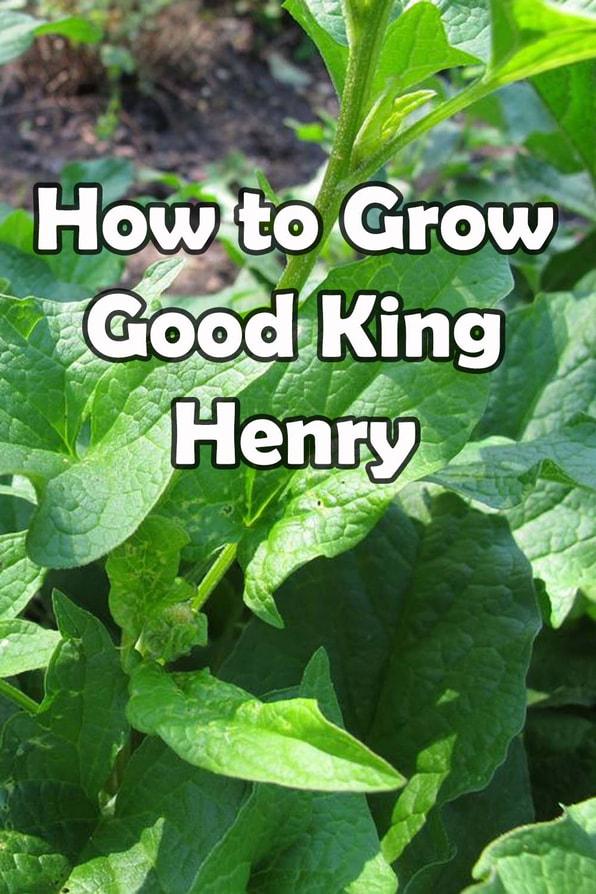
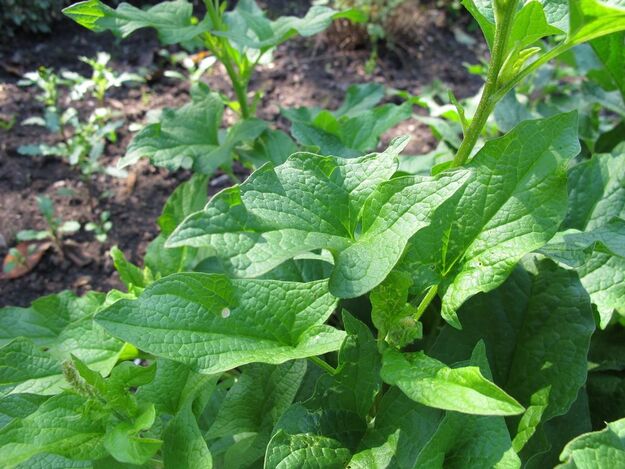
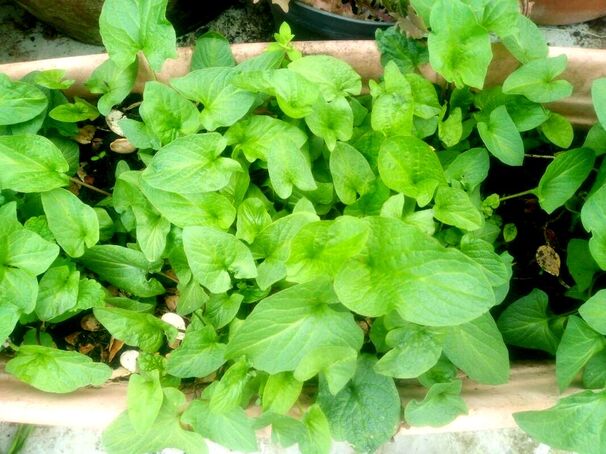
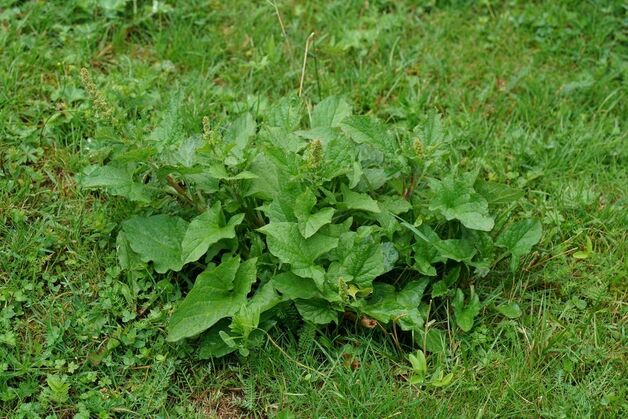
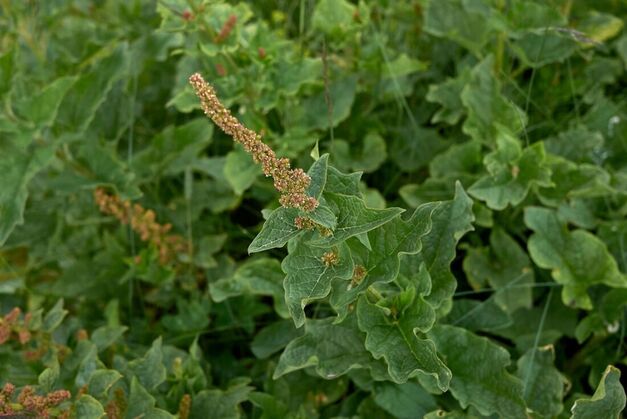
 RSS Feed
RSS Feed
